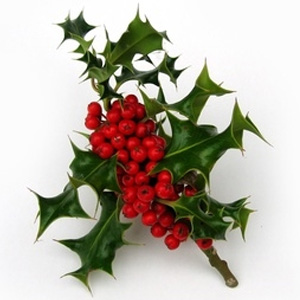Imagination
A presentation for teachers & parents to explore how screen technology supports and interferes in child development and what we can do to help our children thrive in a digitally-focused world. Explore how our brains and their development reveal a clear picture about the appropriate timing for screen use. This allows our children to develop…
Read More[Republished from Journal of Anthroposophical Medicine (JAM) Vol.10 1993] If one were to approach a professional scientist and challenge the hypothetical method as a flawed premise for good science, one would surely be met with vigorous protest. And, indeed, the protest would be well founded, because the hypothetical method is a well-proven cornerstone of scientific…
Read MoreThis workshop with Dennis Klocek explores some of the foundational principles that allow us to choose and employ symbols to relieve stress and promote healing.
Read MoreHuman neurological patterns represent a cascading hierarchy of organ responses to sensory stimuli that come from the environment. Sensory inputs through the sense organs impact the nervous system directly. The direct nerve pulses then cause secretions of hormones into the blood as secondary responses to light, sound, smell and movement. In the brain the pituitary…
Read MoreThe course on Rosicrucian Meditation techniques was given in the Boston area in the summer of 2009 at the Rudolf Steiner Institute. It was designed to help gain access to the life of the soul through imaginative exercises and esoteric games.
Read MoreThe Agriculture Course of Rudolf Steiner provides a direction that can contribute to a renewal of the sense of the sacred when engaged with the daily work on the land. The key is to be able to transform the concepts in the book into living imaginations that are developed through inner exercises. Through practice, the inner eye of the heart opens to the more subtle forces moving through the spirit of the place in which we work.
Read More
